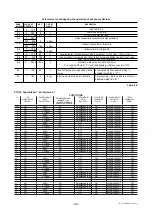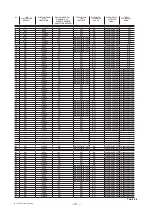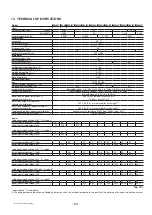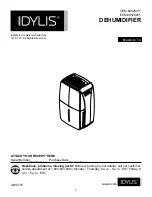
-
53
-
© STULZ GmbH, Hamburg
-
53
-
11 ALARMS, TROUBLESHOOTING
11.1 Alarms
The presence of an alarm is indicated on the controller by a message that identifies the type of alarm. In the cases of poten-
tially dangerous alarms, the controller automatically shuts down the humidifier. For some alarm events (see Table 11.2), at
the same time as the signal, the alarm relay is activated, as described in par. 6.5.1. If the cause of the alarm has passed,
the humidifier and alarm relay can be reset automatically or manually, depending on the type of fault, while the message
displayed is reset manually by pressing the reset-PRG button. Even if no longer active, the alarm status continues to be
displayed until the reset-PRG button is pressed. Active alarm states cannot be reset.
If control is disabled (remote control OFF), the alarm relay is deactivated, even though the alarm condition is still present.
The column corresponding to the remote terminal indicates the alarm message that appears on the STULZ Humivisor re-
mote LCD, if connected to the humidifier. In the event of an alarm condition, LED 9 (see Fig. 11. 1. 1) starts flashing, while,
unless in programming mode, the display shows the alphanumeric alarm code.
The message is displayed cyclically, for two seconds, alternating with the normally displayed value. In the event of more
than one alarm, the display indicates all the corresponding codes in sequence, at two second intervals. The alarm E1 (user
parameter error) can appear in two distinct cases:
1. Malfunction when reading from the parameter memory
(typically on start-up).
The default parameters are temporarily recalled, without being saved in the parameter memory (the parameters can be
accessed and the correct values restored).
2. Malfunction when writing to the parameter memory
(typically on pressing the PRG button).
In both cases, the default parameter recall procedure should be used (see par. 8.5).
Fig. 11.1.1
alarm
dehum.
x1000
9










































